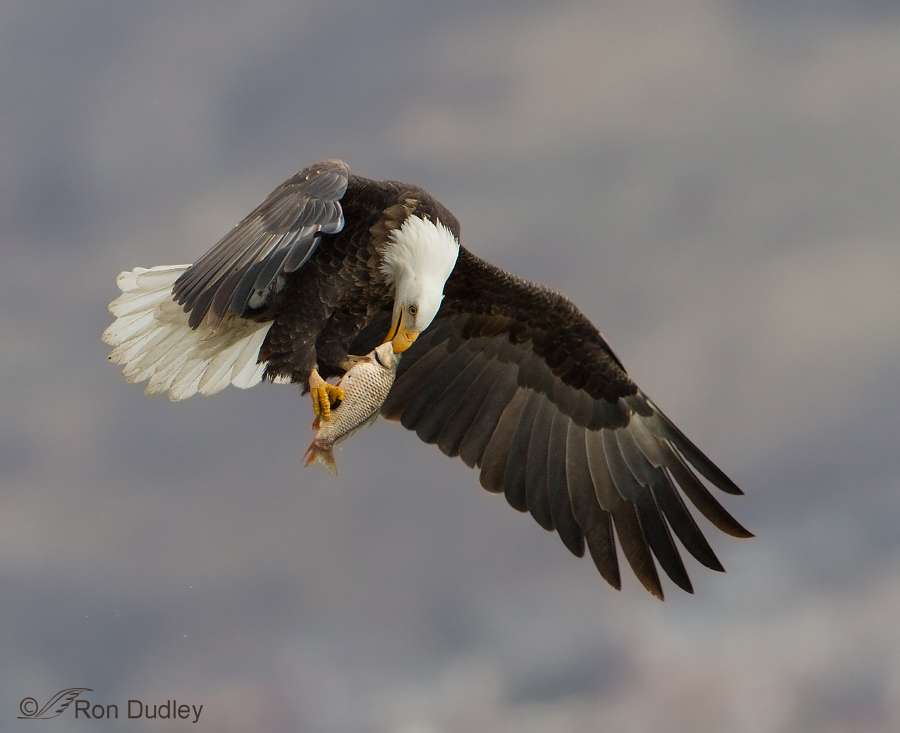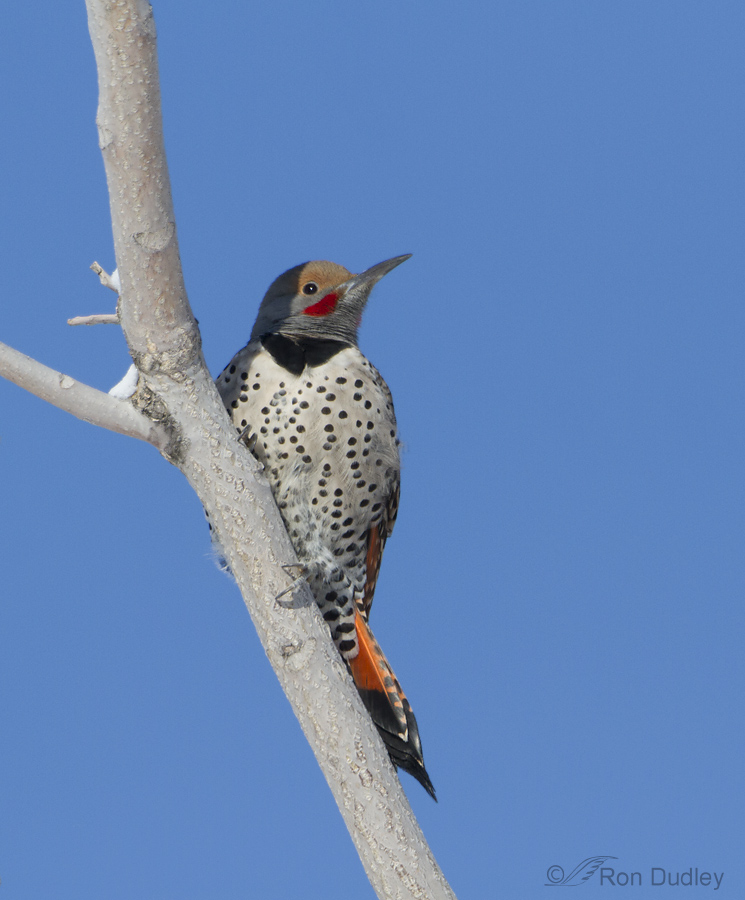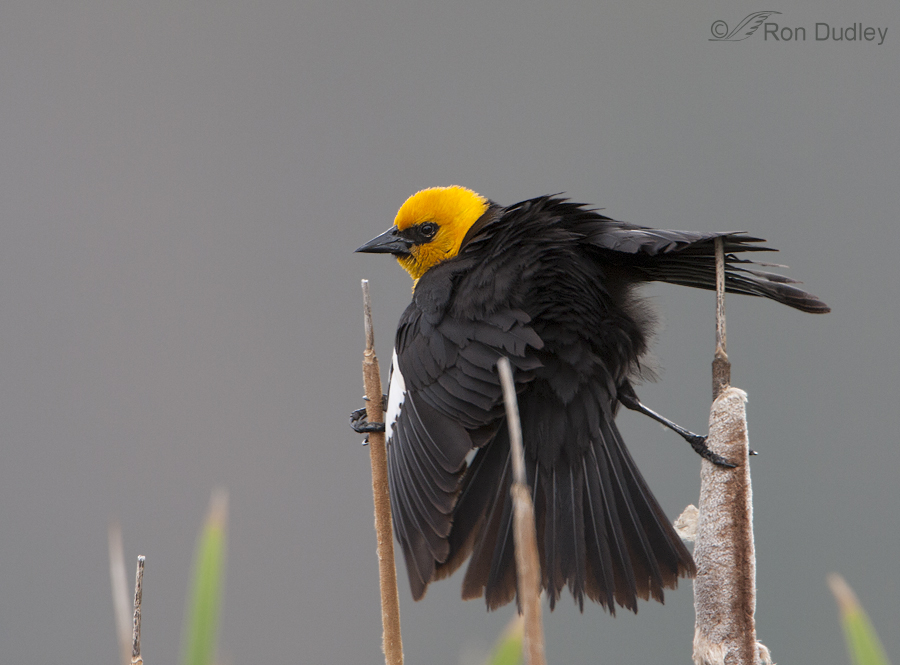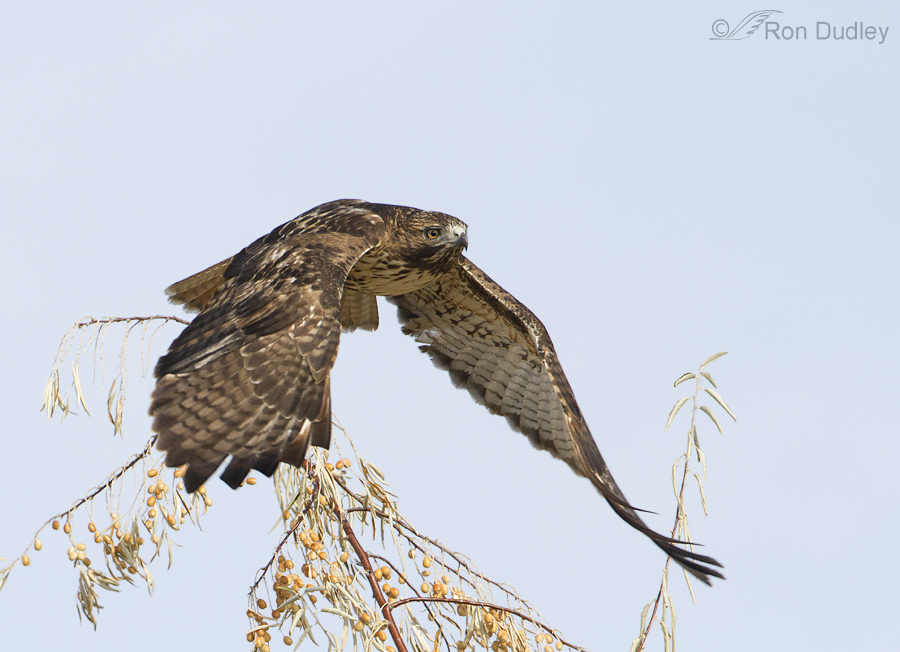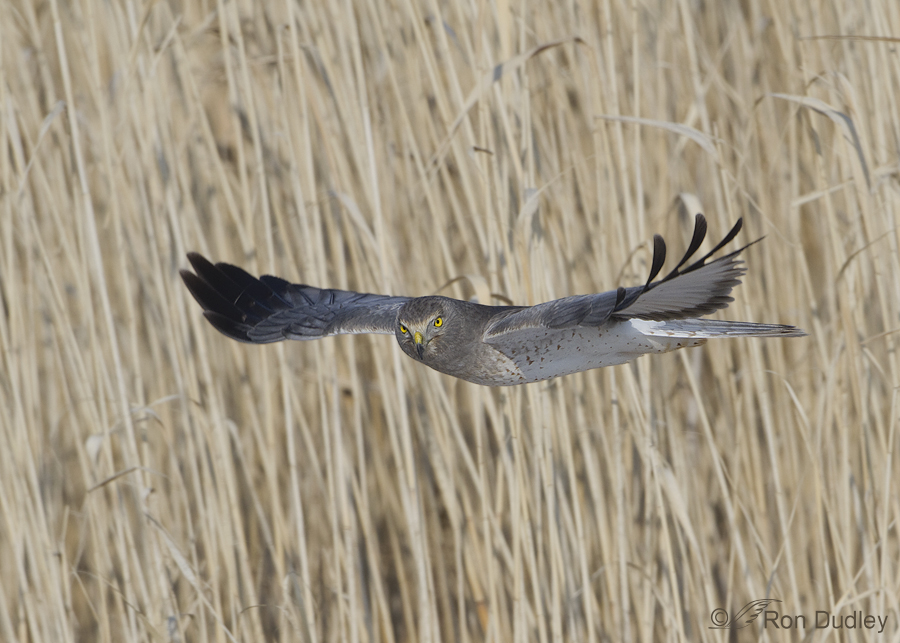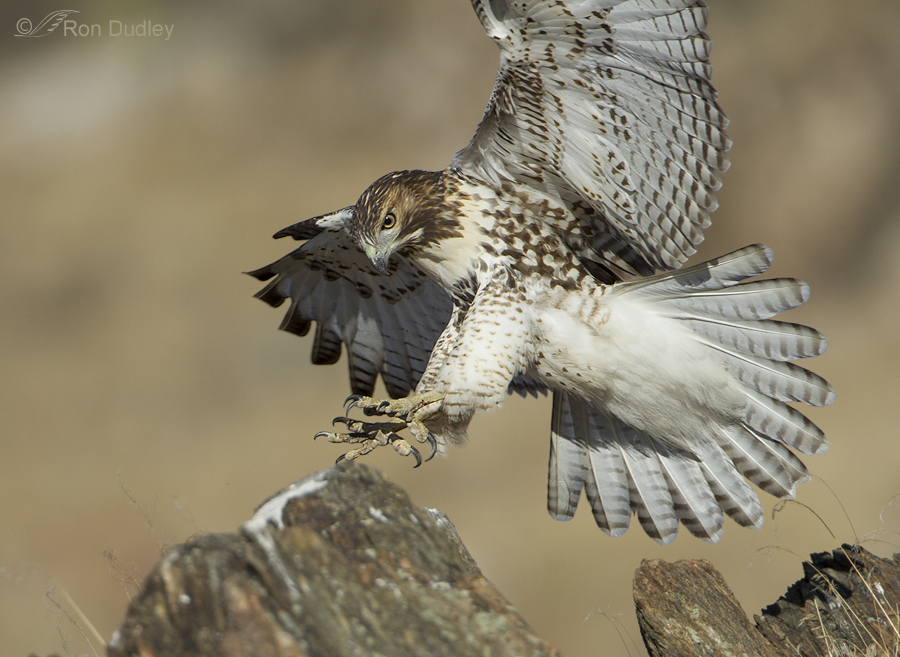Category: Bird Photography Methods
Photo Contracts – The Devil’s In The Details
A Two Woodpecker Day And The Temptations Of The Clone Tool
A Blackbird Who Taught Me A Lesson
A White-crowned Sparrow And The Effect Of Depth Of Field
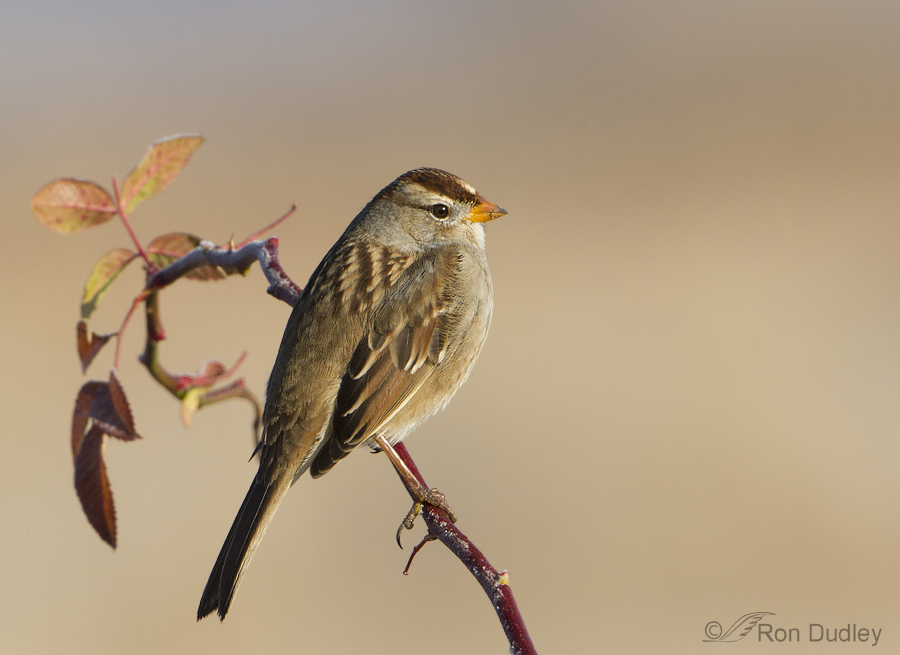
Two days ago I found this juvenile White-crowned Sparrow sunning itself in a wild rose-bush at Farmington Bay. It was a cold morning (you can see frost on the perch behind the bird) and due to the frigid temperature the sparrow wasn’t flitting around much so I did a little experimentation with depth of field.
Female Kestrel – A Twisting, Turning Take-off

Occasionally during take-off an American Kestrel will put on a show of its considerable acrobatic skills but it happens so fast with these little falcons that many of us don’t really appreciate the coordination and skill involved. Yesterday morning I got one shot that I think demonstrates it pretty well.
A Northern Flicker And The Kindness Of A Stranger

In early 2008 I was a frustrated novice photographer. I had recently invested heavily in an expensive “bird lens” and switched over from shooting in JPEG to RAW all in an effort to get high quality shots but it just wasn’t happening. My images were not as sharp as they should be and I couldn’t figure out why.
You Never Know In What Direction A Raptor Will Take Off
Male Northern Harrier In Flight – A Lucky Shot
Mourning Dove – Why Do I Usually Ignore The Common Species?
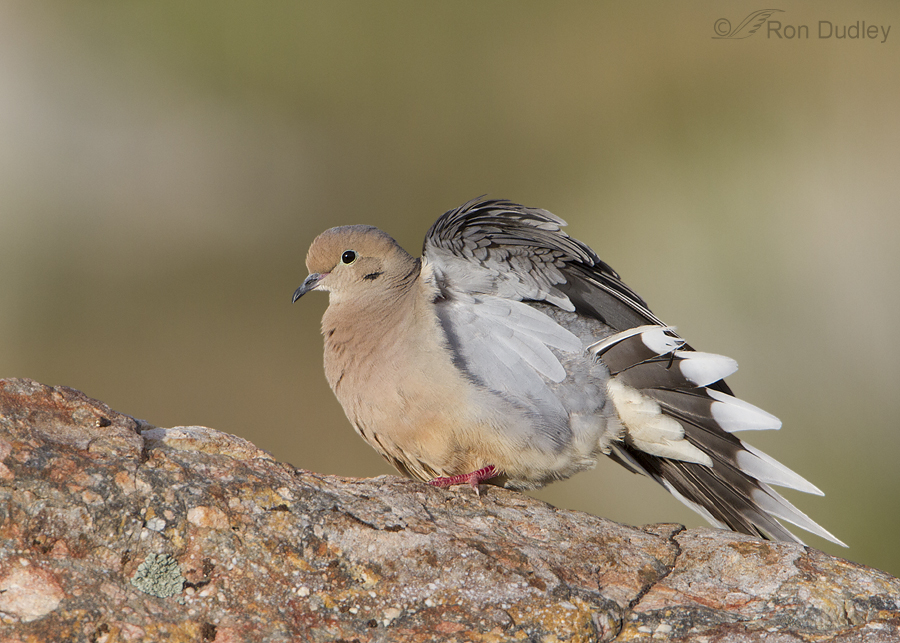
As a bird photographer I continually struggle with the tendency to ignore the more common species. This is a bad habit I’ve tried to break over the years but my success has been limited so I still too often pass on opportunities with species like the American Robin, House Finch, American Coot and Mourning Dove. Many fellow photographers have the same tendency and I think we miss some wonderful shots as a result.
American Kestrel In Fog
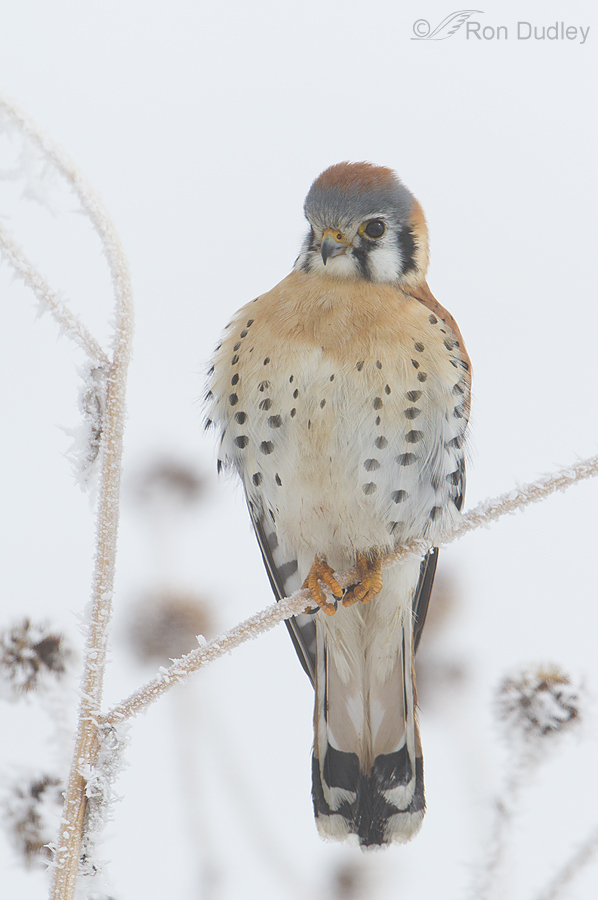
Images of birds in fog often have a unique mood and “feel”. The tendency of many photographers is to attempt to minimize the effects of the fog during processing but I try to resist that temptation and let the image sink or swim on its true merits.
Fog tends to reduce detail and color saturation and causes the subject to appear slightly overexposed. It also often results in high key backgrounds. Some of those effects can be reduced by increasing contrast/saturation during processing but then you are losing the mood provided by the fog in the first place. All I’ve done with this image is crop and sharpen.
Burrowing Owl In Dramatic Side Light
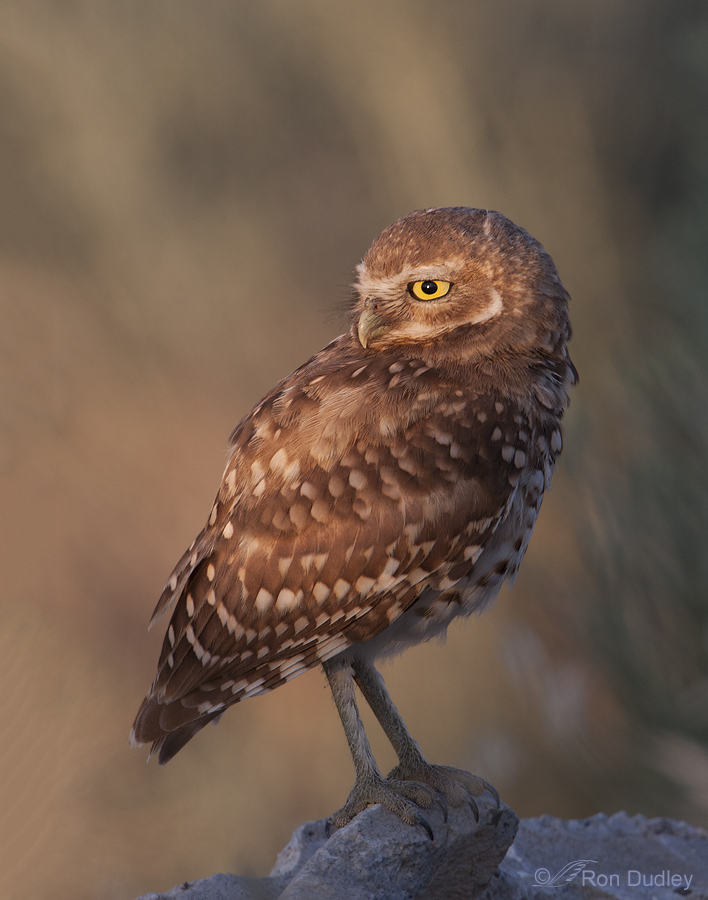
As every photographer knows, light angle can make or break an image. In static portrait shots especially, partial side lighting (at perhaps 45 degrees to your subject) emphasizes texture, patterns and shapes and helps to separate subject from background. It’s been said that side light “sculpts” your subject.
Three Burrowing Owls and More Challenges With Depth Of Field
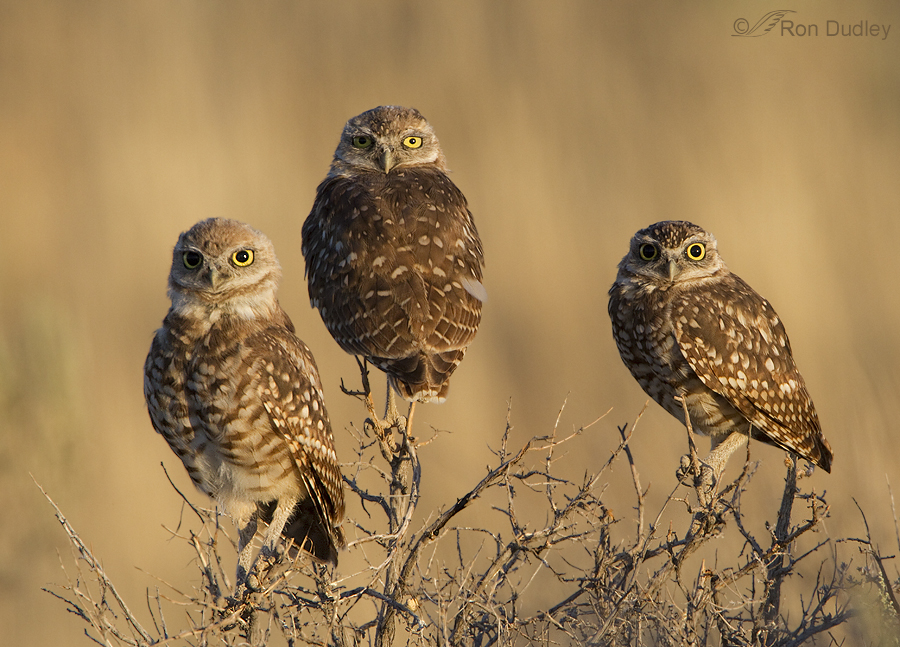
I’d been photographing a family of these birds for several weeks but typical of the species they were usually on the ground with obstructing vegetation in front of them or buried too deeply in the sagebrush. But as I approached them on this early August morning (in my pickup, from the road) there were two juveniles and one adult perched high on the sagebrush in nice warm light and there was a clean, pleasing background. My little heart went pit-a-pat at the opportunity but then I had to deal with the harsh reality of depth of field.



